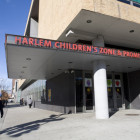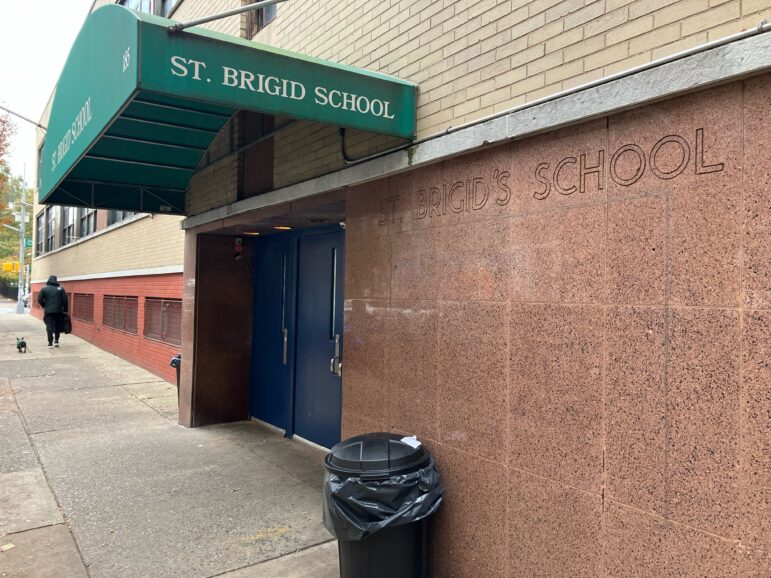The reading abilities of New York City fourth graders are improving, according to the results of a national test released Thursday, but eighth graders’ scores remain virtually unchanged.Since 2002, the city’s fourth graders have posted steady, incremental gains on the test, the National Assessment of Educational Progress, with 12 percent more students now demonstrating at least a basic command of the skills tested. The biggest leaps occurred among New York’s neediest students, said New York City Schools Chancellor Joel Klein in a webcast earlier today, citing a 13-point gain in the mean test score for fourth-graders eligible for free lunch, most of whom are Black and Latino. Scores for white and Asian student remained relatively constant.Overall, the city’s mean scores still lag behind New York State’s mean scores, but the city performed better than many large urban school districts. Among the 11 large urban school districts that participated in the test in 2007 and 2009, New York City was one of four that showed fourth-grade gains. Additionally, New York City’s mean scores are catching up with the nation’s mean scores.During his webcast, Klein acknowledged that eighth grade achievement was “the largest challenge” and attributed the gains in fourth grade achievement to his reforms. The Department of Education has implemented changes that will allow each school to opt out of one-size-fits all citywide curricula.







